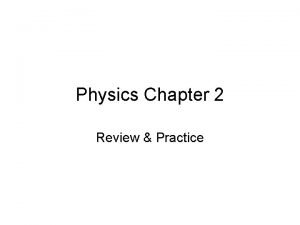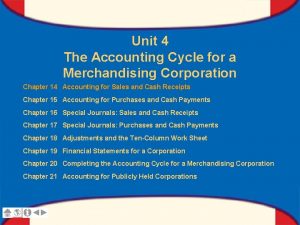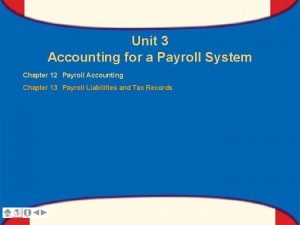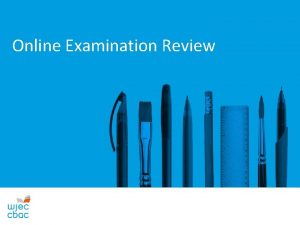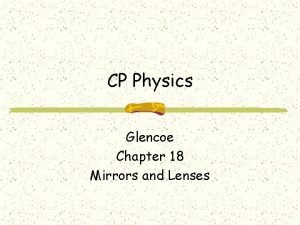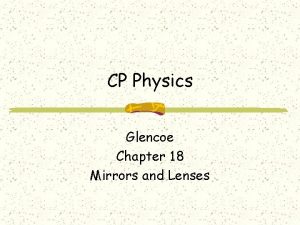Physics Chapter 2 Review Practice Online Resources Glencoe









- Slides: 9

Physics Chapter 2 Review & Practice

Online Resources • Glencoe Physics Web Link: http: //www. glencoe. com/sec/science/physics/index 2. php? yr=99 Chapter 2 Links: http: //www. glencoe. com/sec/science/physics/wwwlinks/index 2. php? yr= 99

Review Questions • The meter, second and kilogram are what type of fundamental units? What system are they used in? – Length, time, mass in the SI system • What is a derived unit? – Combinations of fundamental units • How are very large and small numbers represented in science? – Using scientific notation

Review Questions • What is 0. 0001340 in scientific notation? – 1. 340 x 10 -4 • How many significant figures are in the above number? – Four • What is definition of precision? – The degree of exactness of a measurement or repeatability of a measurement

Review Questions • When a measured value is close to the accepted value it is said to be _____? – Accurate • The last digit in a measurement is an ? ? ? – Estimate • When multiplying numbers the result can only have as many significant figures as the? – The number with the least significant figures

Review Questions • Which variable manipulated or changed? – The independent variable • Which variable is measured or responds to the manipulated variable? – The dependent variable • Which axis should be used for each variable? X axis = independent, Y axis = dependent

B. Sig. figs. when multiplying or dividing: 3 sig. figs. ____ 3. 73 x 5. 7 = 21 2 sig. figs. ____ answer has lower the _____ number of sig. figs. , in this 2 case: ____ C. Sig. figs. when adding or subtracting: 18. 541 +106. 6 125. 1 3 decimal places ß___ 1 decimal places ß___ lower answer has the _____ decimal places number of __________ , in this case: ____1

V. Converting Units: the power of "one" Ex: Convert 60 miles to kilometers. 1. 609 Use the conversion factor: 1 mi =_____ km This can be written as either: 1 mi 1. 609 km or 1. 609 km 1 mi àMultiplying by either of these two factors does actual value (only the units) not change the ________ because both factors equal _______. one Write: 1. 609 km= 60 mi x _____ 1 mi 96. 54 km ~100 km

bottom IV. Prefixes: see Phys. RT, pg. ____ at 1______ In all calculations, any prefix symbol on an SI unit must first be removed. Ex: d = 15 nm symbol prefix _____ -9 10 represents ____ with prefix 5. 3 km rewrite as: d = 15 x _____ m 10 -9 SI unit _____ for length (meters) without 1. 7 cm 5. 3 x 103 m 1. 7 x 10 -2 m 2. 00 ms 2. 00 x 10 -6 s 1. 21 GW 8. 6 kg 109 1. 21 x 8. 6 kg W A trick b/c kg is already an SI unit
 Physrt
Physrt Glencoe health chapter 5 assessment answers
Glencoe health chapter 5 assessment answers Glencoe health chapter 5 mental and emotional problems
Glencoe health chapter 5 mental and emotional problems Glencoe health chapter 2 review answers
Glencoe health chapter 2 review answers Part four analyzing sales and cash receipts
Part four analyzing sales and cash receipts Glencoe accounting chapter 13
Glencoe accounting chapter 13 Glencoe health chapter 2
Glencoe health chapter 2 Chapter 19 lesson 1 the role of medicines worksheet answers
Chapter 19 lesson 1 the role of medicines worksheet answers Glencoe health chapter 7
Glencoe health chapter 7 Glencoe health ch 5
Glencoe health ch 5
